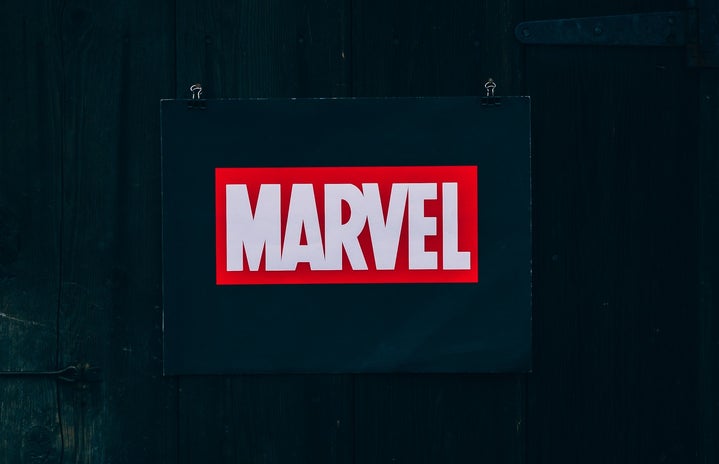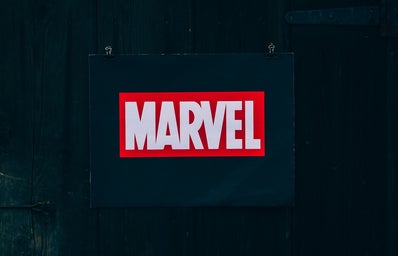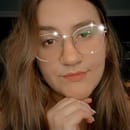WandaVision is undoubtedly Marvel’s biggest 2021 release yet. The miniseries that shows a different side of Wanda Maximoff and the synthezoid (special type of android, also known as a “synthetic humanoid” robot) Vision hooked many people in front of Disney +’s screen every Friday to watch a new exciting chapter of this story.
And those who have seen the show all the way through know that sitcoms are very important to Wanda’s life story from the very beginning, as shown in episode eight. Jac Schaeffer, the head writer, said to Entertainment Weekly that “the show is a love letter to the golden age of television,” with tributes to its different eras.
We all notice it as we watch. But do we know all the references hidden in plain sight? Let’s learn more about the sitcoms that inspired WandaVision!
- The 50s and early 60s
-
Episodes one and two were set in the 1950s and the 1960s. The Dick Van Dyke Show was a huge inspiration for both Kevin Feige, Marvel’s Executive Director, and Matt Shakman, WandaVision’s director, as they were creating the show. It not only helped them get somewhere aesthetically, but it also helped them find the show´sunique tone.
Shakman said in an interview to ET: “We learned from Dick Van Dyke that their number one rule for how they approached anything was that if it couldn’t happen in real life, it can’t happen on the show … That was very helpful in how we approached the tone of it”.
He also said that the first episode was a homage to the 1951 sitcom I Love Lucy. The characters’ outfits were inspired by the show and Lucy was a model for Elizabeth Olsen’s performance as Wanda. The couple sleeping apart on twin beds is a big reference to old television too, since there was a rule that prohibited couples from sharing a bed on TV shows.
- The Late 60s
-
The second episode presents the characters in crazy and funny situations, which is an ode to sitcoms such as Bewitched and I Dream of Jeannie. Both of them are known for wacky scenes in which the characters get into a lot of trouble to rip off some laughs from the audience.
Also, in the final seconds of the episode, everything bursts into colors, which marks the end of black and white television that turned into colorful images. The transition links to the fact that both TV shows were eventually aired in color in later seasons.
- The Late 70s
-
The Brady Brunch was clearly an inspo for episode three – placed in the 1970s – as we see both of their theme songs very similar to each other. Besides that, the staircase placed in Wanda and Vision’s living room looks exactly like the one featured on the show.
Wanda’s outfit looks like it was coming out of The Partridge Family, another 70s sitcom. Also, a lot of comedic aspects and details on this episode come from old television jokes that were popular back in the seventies, like Wanda trying to hide her pregnancy by placing her belly behind objects – something that was very ordinary between the pregnant actresses during the shootings of a show.
The commercial in the middle of the episode with split-up screens and many things happening at the same time is an ode to the action show Charlie’s Angels. And last but not least, in this episode, Vision holds a doll that looks exactly like a famous one from the satiric soap opera May Hartman, Mary Hartman.
- The 80s and 90s
-
While the fourth episode tells the story of Monica Rambeau, smalls parts of it still show Wanda and Vision’s life place in the 80s with a very special sitcom reference, Full House! But wait, why is it so special?
In case you didn’t know, Elizabeth Olsen (who plays Wanda) is Mary Kate and Ashley Olsen’s little sister. The twin actresses both parted of Full House’s main cast, which was a kick start on their careers. It approaches this successful show aesthetically, especially with the outfits.
The house is very similar to the one featured in Family Ties, which was also an inspiration for the opening along with Growing Pairs.
The 90s weren’t as explored as they should on the show because episode five focused on telling a story outside the Hex, but Wanda’s plaid outfit and the wallpaper on her kitchen shown are based on the ABC sitcom Roseanne due to their similarity.
- The 2000s and 2010s
-
But the sixth episode is all about the 2000s, and we got some very famous sitcoms on this one. Malcolm In The Middle references start at the opening titles and it continues through the episode on the twins, Billy and Tommy, behavior as they break the fourth wall (an imaginary wall that separates the audience from the action of a stage play or film).
Also, the “cool uncle” role is very present on sitcoms, and in this episode, it is played by Pietro, Wanda’s twin brother. We can see his interaction with the twins along the episode as they go trick or treating around Westview – which looks a lot like Stars Hollow from Gilmore Girls.
In the seventh episode, the characters are constantly breaking the fourth wall again in an attempt to add more to the show’s comedy. This is a direct reference to shows like The Office and Modern Family – especially when we see the characters breaking the wall while sitting on a couch.
- A Little Extra
-
Beware, there might be some spoilers…
The moment when Agnes revealed herself as Agatha Harkness, A.K.A. the villain, was also full of references. There’s a whole new opening title to her story and it was all based on The Addams Family and their classic 60s show, besides The Munsters.
Also, when we take a trip down memory lane and revisit crucial moments in Wanda’s life, we see that sitcoms were very present in her life as she grew up. It was almost like an escape from reality when things were too hard to handle. We see shows like Malcolm In The Middle, Bewitched, The Honeymooners, The Dick Van Dyke Show, The Brady Bunch, come back again to make a final appearance on the miniseries before its end.
————————————————————–
The article above was edited by Nicoly Bastos.
Liked this type of content? Check Her Campus at Casper Libero home page for more!


